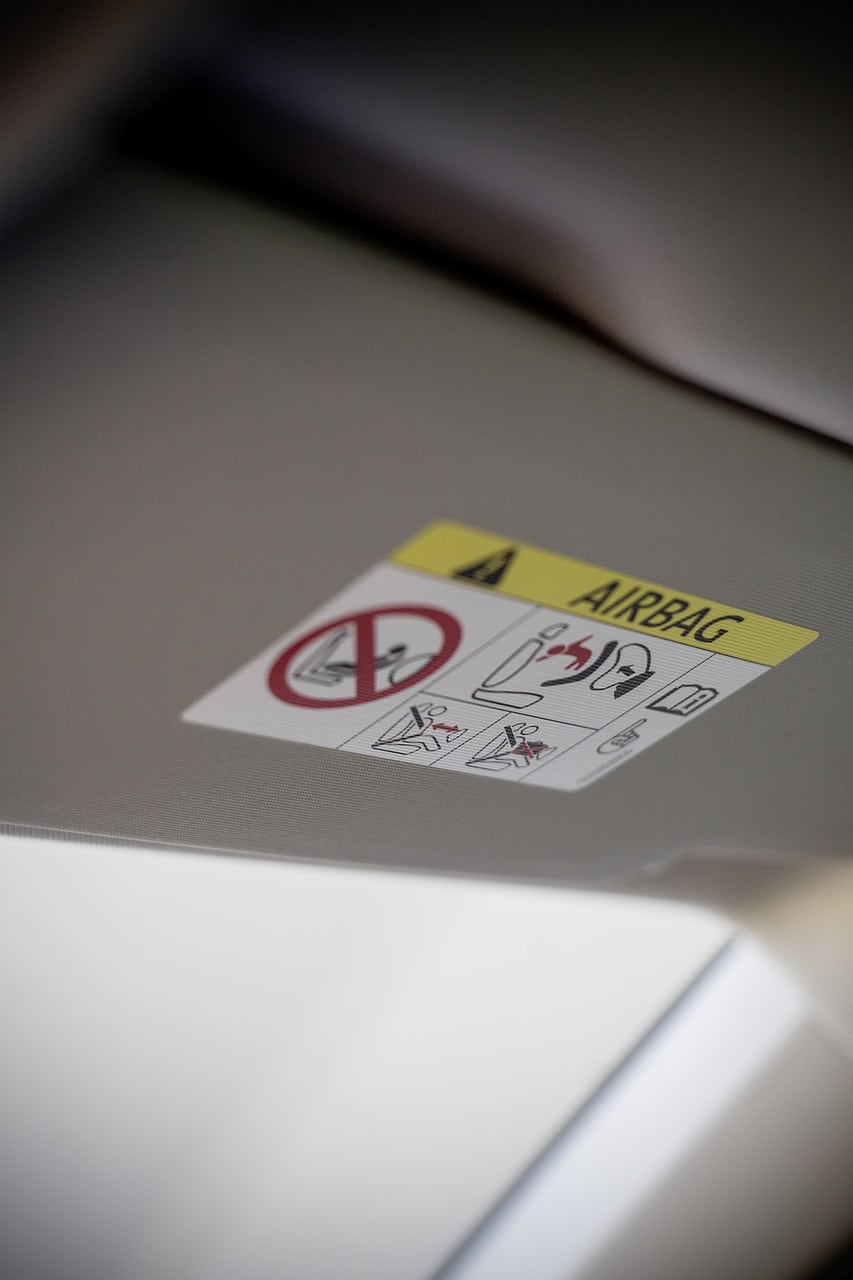Your airbag is one of the most crucial parts of your vehicle because of its role in protecting you from fatal harm or injury. It can be very helpful information to learn how different types of airbags get deployed and what happens after. This article will walk you through the types of airbag modules and how they activate during a crash.
Types of Airbags
There are various types of airbags that you may encounter in your car.
- Frontal Bags: These are two bags located in the front of your vehicle’s windshield area. If the sensors detect a crash, the bags inflate instantly to help keep your body from hitting the steering wheel.
- Side Bags: The side bags are located in the pillars between doors and the windshield. They deploy in a crash to help keep your body from hitting the window or side of the door.
- Seat-Mounted Bags: These are located in the seat behind the driver, and they inflate to help protect the driver’s head.
- Blindspot Airbags: Blindspot airbags are designed to help make a car more aware of its surroundings. They sense when someone is in a blind spot and inflate to warn the driver.
How Deployment Works
Most airbags are triggered by a crash sensor. When a sudden decrease in acceleration is detected, a pyrotechnic charge goes off and releases gas. The gas then forces the bag to inflate. Sometimes, a gas generator is used to inflate the bag. Most airbags start to inflate before the crash is complete, which provides additional time to help keep you safe.
Airbag deployment happens quickly, so it is important to be prepared and aware of the airbags in your vehicle. They are designed to help you avoid serious injury in a crash, and they will inflate even when the vehicle is not moving.
In the event of a crash, the following things happen:
- A sensor will determine the severity of the crash.
- The system will instantly respond, depending on the severity of the crash.
- The system activates an igniter to ignite the gas, which inflates the airbag.
- The airbag will inflate in a fraction of a second.
Deployment Triggers and Issues
Deployment triggers and issues can sometimes be tricky. Generally, if the airbag isn’t activated, it is a sensor issue or hardware problem.
The system has a small control module that works with sensors that test for different conditions. If there is a crash, the sensors will determine the severity of the impact, and the unit will deploy the airbag in certain conditions.
You should also look out for the “service airbag” light that will inform you if there are any problems with the module.
There are some conditions that can prevent airbags from deploying. These include:
- Objects in the way of the airbag that prevent it from inflating correctly
- Bags that have been deployed before, such as in a previous crash
- System issues that prevent the airbag from deploying, such as a faulty or broken sensor
In general, it’s best to get an airbag module reset done if your airbag has been deployed or you believe it may be suffering from issues.
Conclusion
Because airbags are so important for your protection on the road, it’s best to learn about how they work and when you may need to get a replacement or service. If you have any questions about your airbags, you may want to consult with a professional to help. Otherwise, just be sure to stay safe on the road and get any issues checked as soon as possible.
Safety Restore has you covered if you’re in need of an airbag module reset. We are the world’s leader in post-accident restorations. Contact us today!

